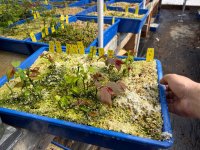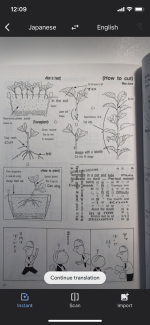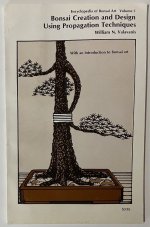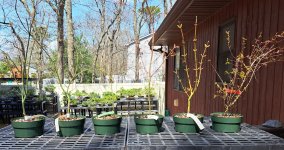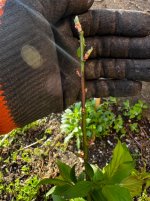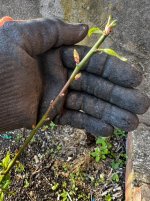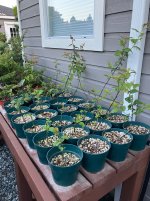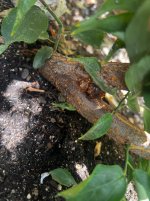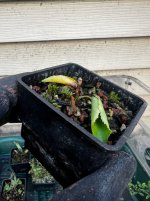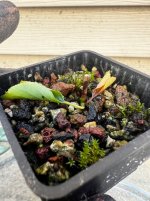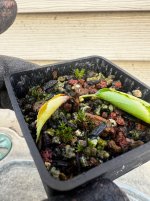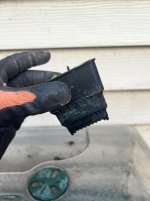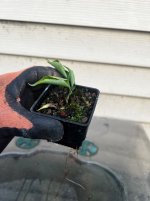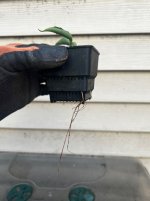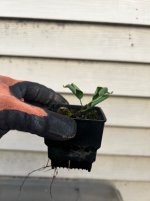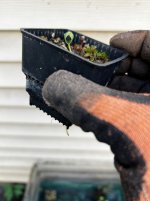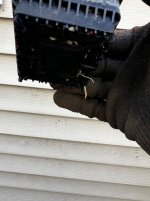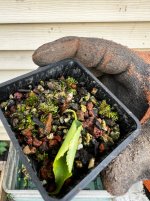Canada Bonsai
Chumono
- Messages
- 632
- Reaction score
- 2,182
(my usual disclaimer: propagating unique cultivars by cutting (whether winter or may/june) is, in almost all cases, an unecessary and often counter-productive approach to creating fine prunus mume bonsai)
@River's Edge
Here are some hardwood cuttings taken in december for you
12 cultivars per tray
10 cuttings per cultivar
6 trays
(72 cultivars total)
For just over 20 cultivars, at least 1/10 cuttings have rooted and are growing strong, and for most cultivars at least 3/10 are doing well. When i take the same sample with cuttings in May-July, the results are better for all cultivars without exception. Every. Single. Cultivar.
Nonetheless, while winter hardwood cuttings remains one—albeit inefficient—way of spreading cultivars to many hobbyists, it has yet to be shown by anybody (and i have asked many times…) why there would be any advantage to starting a prunus mume bonsai this way — once again i ask, please, post some pictures of fine Prunus mume bonsai where you could say that there would have been an advantage to starting off with a cultivar on its own roots.
The reason why a decade has gone by and i still have not seen any pictures from you yet is because starting off with (95% of) these cultivars on their own roots just totally misunderstands the horticultural and technical requirements of developing prunus mume bonsai, regardless of whether we’re talking cuttings taken in winter or May-July.
It is important to believe in what you are doing, and respect the rights of others to choose their own approach
That’s a nice rhetorical twist you’re putting on it Frank, but as an educator it’s also important not to encourage bad behavior, debunked/inefficient strategies, and dead-end paths.
A vast majority of the emails that i receive about prunus mume propagation are STILL from people who have read your posts on this forum and are stuggling to succeed and want my advice — unfortunately, they have wasted multiple years of their lives (not to mention resources) trying to propagate prunus mume in November
